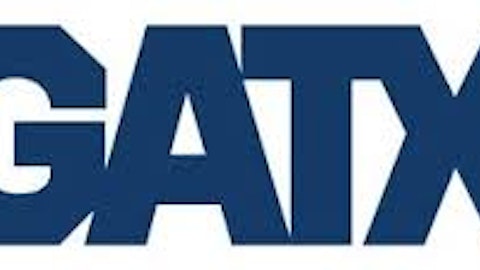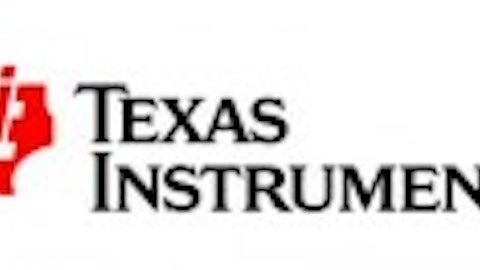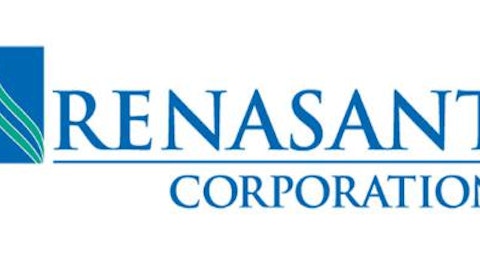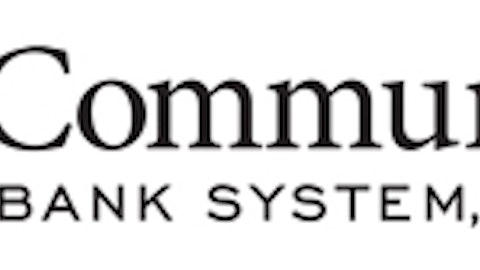On the network side, network paid clicks were down 11% year over year and down 7% quarter over quarter. But our network CPCs were up year over year 6% and 10% quarter over quarter for the reasons I mentioned. Our monetization metrics continued to be impacted by a number of factors. They include geographic mix, device mix, property mix, FX, as well as ongoing product and policy changes. Turning to geographic performance, if you go to our earning slides, which you’ll find on our investor relation website, you’ll see that we’ve broken down our revenues by US, UK and rest of world to show the impact of FX and the benefits of our hedging program. So, please refer to those slides for the exact calculations. So, despite large currency headwinds we saw solid performance from our core advertising business around the world. The US revenue was up 14% year over year to $7.9 billion. The UK was up 10% year over year to $1.7 billion. And in fixed FX term it actually grew to 11% year over year. Non-US revenue excluding the UK was up 18% year over year to $8.6 billion, accounting for 47% of total revenue. And in fixed FX terms in fact the rest of the world grew at healthy 24% year over year.
So, let me turn now to expenses. Traffic acquisition costs were $3.6 billion or 22% of advertising revenue. Our non-GAAP other costs of revenue was $3.1 billion in Q4, which exclude SBC as well. Our non-GAAP operating expenses totaled $5.8 billion, again excluding stock based compensation. And as a result our non-GAAP operating profit was $5.6 billion and non-GAAP operating margins were 31% in Q4.
As I mentioned at the beginning, we had a number of unusual operating expenses that impacted us this quarter. We typically review our estimates accounting policies and balance sheet on an ongoing basis and make adjustments when we think and see it necessary. Normally, I wouldn’t call out these, but because they totaled slightly over $300 million this quarter, I wanted to give you some sense of these adjustments, although I won’t be providing a lot of detail break out. So, first we took approximately half that amount in compensation charges resulting from a one time payment and reclassification between SBC and bonus expense. The other half came from a review of our real estate portfolio, where we decided to take right down on a small number of assets and also one time payment to buy out a number of leases in a couple of markets where we faced acute space pressure.
Headcount was up, but just over 2,000 in Q4. In total we ended the quarter with approximately 53,600 full time employees. You’ll notice also that our effective tax rate was 16%, again another discrepancy for Q4, which was really primarily impacted by the extension of the R&D tax credits for 2014 with the entire credit being taken in Q4. As well as continued mix shift from earnings between our domestic and international subsidiaries.
Let me now turn to cash management. Other income and expenses was $128 million. Interest income and realized gains on investments offset the continued impact of expenses from our FX hedging programs. For more detail on OI&E, please refer to the slides that accompany this call on our IR website. We are pleased with our strong operating cash flow at $6.4 billion. Our CAPEX for the quarter was $3.6 billion. And this quarter most of the CAPEX was spent on related to facilities, production equipment, and data center construction in that order. So, as I mentioned a few minutes ago, we have been opportunistic about acquiring space in real estate where we need to relieve pressure and accommodate for future growth. To that end, our facilities expenditure included just over $900 million of real estate investments during the quarter, of which $585 million was related to the acquisition of our property in Redwood City that we disclosed in our 10-Q for the third quarter.





